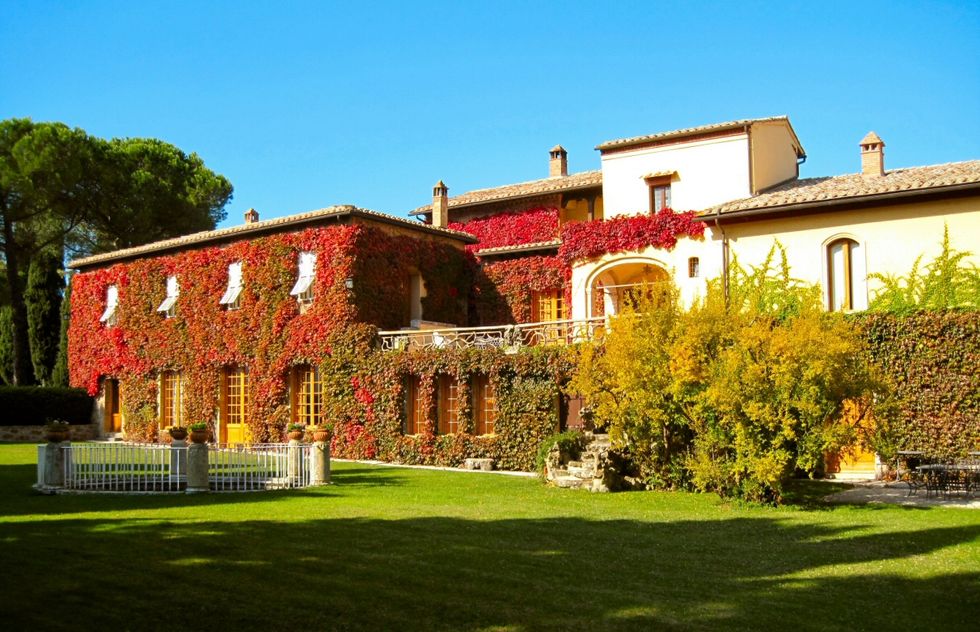The origin of China's passion for Tuscany brunellos
They are known for their ability to "age well", as tea leaves in China
For those who are aware of China's passion for tea, it should not be surprising to learn that when asked to say which is their favorite wine, they opt for Brunello di Montalcino, possibly made by the Biondi-Santi family.
Tuscany brunellos are known for their ability to age. Most of them can keep their magic flavor for 50, or even 60 years, while some of them are good even after one hundred years. This characteristic is particularly appreciated in China, where tea leaves are said to be much better if they can age for quite a while.
Beyond that, Chinese people certainly appreciate the fact that most of Biondi-Santi's success grounds on its deep familial connections and its habit of passing secrets and expertise through generations.
Clemente Biondi-Santi established the vineyard in 1880, planting sangiovese and developing good clone for this grape, the Sangiovase grosso. His grandson, Ferruccio, used the Sangiovese grosso to create a modern version of Brunello, contributing to switch Montalcino specialty from sweet white to strong red. Indeed, before Biondi-Santi brunellos became famous, Montalcino was renowned for its Moscadello, a white wine made from the Muscat grape.
After Ferruccio, three more generations of Biondi-Santi took care of the family business: his son, Tancredi, his grandson, Franco, and his great-grandson, Jacopo, who is currently managing the estate focusing on elegance and balance, which means that he is taking care that all wines are fermented in neutral Slavonian oak for 18 days, and then aged in 7,000-liter oak casks for two to three years. This process is crucial to help wine to age properly, and reach the market when it tastes like a young wine, but is also offers special aromas that are typical of aged wine.
It is all about respect of original traditions, that Jacopo Biondi-Santi is not interested at dismissing. Actually, it is said that he respects his cellar so much that when he enters it he always wears a jacket and tie or suit.
Follow @castaritaHK


